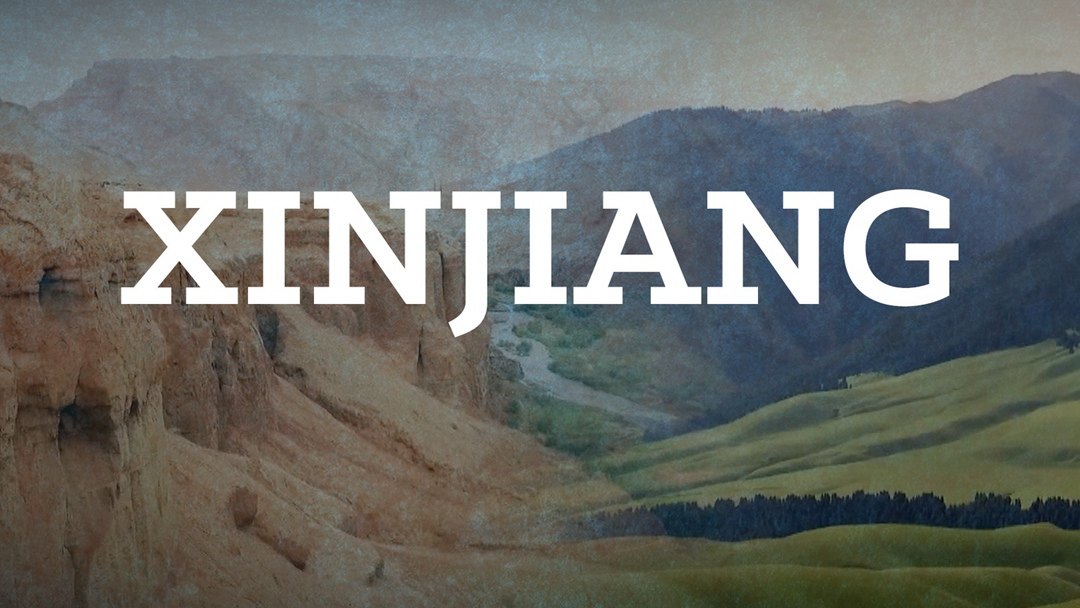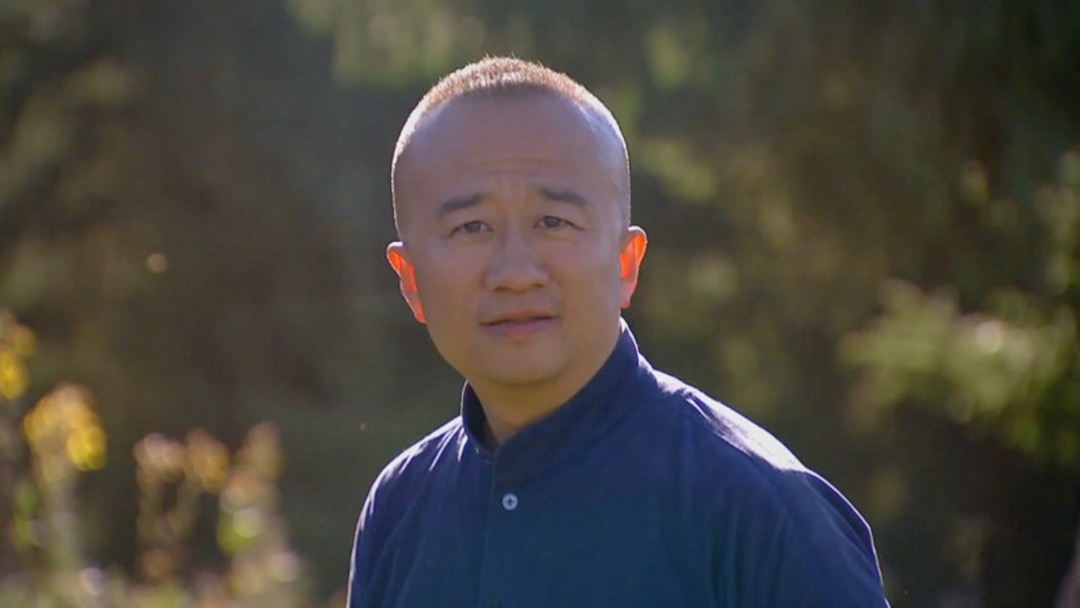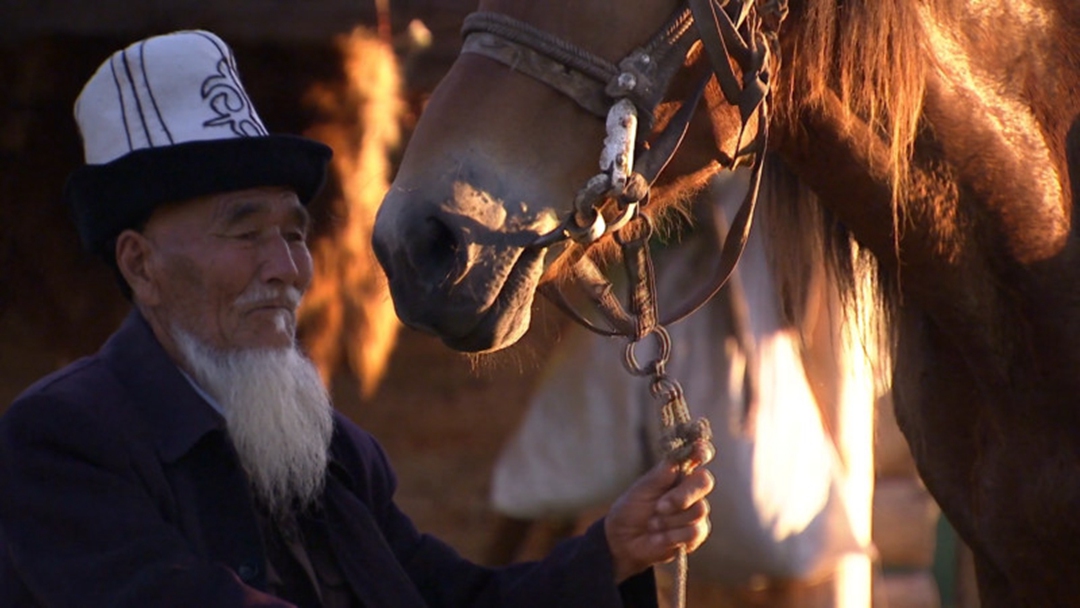
China
19:26, 01-Oct-2016
Xinjiang: Reflections on the series
Updated
10:18, 28-Jun-2018

BEHIND THE SCENES WITH XINJIANG SERIES PRODUCER, HAN BIN

HAN ON PURPOSE OF THE XINJIANG SERIES
The idea of doing a Xinjiang special has always been on our minds and we wanted to do it right. The region has strong strategic importance. It's China’s frontier in many ways: protecting tradition amid modernization, China’s determination to root out poverty, the place of Islam in the country, fighting terrorism at the grassroots, and the new economic ties along the ancient Silk Road.
We spent six weeks filming to provide a true picture of Xinjiang, not the true picture.
The series is also about the challenges of change, and the price. For a long time, there’ve been many images of China’s far western region. When people talk about Xinjiang, there are often misconceptions, for example: Xinjiang belongs only to Uygurs. It used to be an independent region, it’s an isolated region of unrest, there’s little government support. We would like to break the stereotypes of this region.
In fact, Xinjiang is like any other place in China that is in the process of modernization.
Many western countries have had a similar experience of modernization that results in social changes and changes in people’s lives. But the situation in Xinjiang is more complicated, as it involves ethnic issues and religion, especially against the backdrop of globalization.
Xinjiang is at the crossroads of development, where modernization versus tradition becomes a key balancing act. And the bigger challenge is people have different views on how to bring positive changes.
It’s an extraordinary experience to explore this region, which not many outsiders, even Chinese, are familiar with. It’s not about the number of stories; it’s how to present Xinjiang in the global context. Eighteen episodes may seem like a lot for TV, but it’s only glimpses of the dramatic changes and transformation. We aim to provide a different perspective to the global discourse on Xinjiang, told by its people. We hope our stories help viewers form their own perspectives.

I’d say understanding is what the Xinjiang special is trying to achieve.
HAN'S DEEPEST IMPRESSION FROM PRODUCING THE SERIES
My deepest impression is that Xinjiang is changing fast. A lot of the unique traditions are on the verge of disappearing, like the herding life, handicrafts, and architecture. You can see the same all across China — with the country’s rapid development. Xinjiang is at the crossroads of urbanization.
No time in its history has brought the scale and speed of changes as today. The older generation wants to keep its ways of life, while the younger generation wants to make a change and share in the greater benefits of prosperity. But money alone cannot solve the problems of poverty. The complexity of extremism plus ethnic issues makes it hard to tell Xinjiang stories.
What is happening there becomes a test for China in bringing a sixth of its landmass into common prosperity and stability.
After exploring Xinjiang so many times, I still don’t think I am an expert on it. This region is so vast and so different from the rest of the country. There’s so much to learn about, so as to avoid any simplistic, unrealistic answers. I’ve been trying to present a true picture, or rather, true pictures, of Xinjiang. I hope you enjoy it.
HAN ON TERRORISM IN XINJIANG

Unrest in Xinjiang has drawn great attention in the international community. The violence continues and government control has been intensified. Some use the word “restive” to describe Xinjiang. I think the word “restive” is exactly one stereotype of Xinjiang. Western reports are focused on extremist activities and ethnic clashes. They cite government control and economic imbalance as the reasons. And the narrative of Chinese outside Xinjiang usually portrays the people as poorly educated and violent – but good at singing and dancing. Western media has interpreted China’s goal is to strengthen “Han colonization” and “suppress minority culture.” Domestic reports also fail to provide an overall picture.
I can’t deny unrest has been on the rise over the years, but I don’t think extremism should be linked with Xinjiang as a whole. One of the questions I’ve been most frequently asked is whether Xinjiang is safe. The people I interviewed there, including the Uygurs and Muslims from different ethnic groups, all condemn terrorism. They all want peace for themselves and others.
Yes, it’s true Xinjiang has a lot of security checks. But I didn’t feel unsafe traveling there. In fact, the Uygur people were extraordinarily friendly to us. I felt their tradition of hospitality comes from the heart. I think labeling Xinjiang as restive is a cliché, resulting from a lack of enough direct experience. “Restive” may be valid in certain cases, but not all, and certainly not the majority.
HAN ON ROOT CAUSES OF TERRORISM IN XINJIANG
Xinjiang made world headlines after the 2009 riots that resulted in about 200 deaths – and there has been sporadic violence over the past years.
You could say Xinjiang has been under the shadow of extremism. But the situation is complex. Western media reports tensions caused by economic and cultural factors. They say the Han Chinese are given better jobs, which fuels resentment among ethnic minorities. While domestic reports mainly focus on government counter-terrorism measures.
The case in Seriqbuya in my third story shows that the attacks targeted civilians from all ethnic groups, and that young people need support. From what I have learned, most of the attackers had not been trained by outside terrorist groups, though they might have watched violent videos.
How they became radicalized is a big question. The cases of violence show some similarities: they mostly occurred in southern Xinjiang, where living conditions are poor; they mainly targeted police, security guards and local officials; most of the attackers are young Uygurs, usually unemployed and with little education. Many believe unrest arises when people are dissatisfied or unhappy about what they have gained.
From a long-term perspective, Xinjiang’s unrest reflects China’s social problems in its process of social change. The challenges are to curb Islamic extremism while encouraging social harmony, and striking a balance between preserving ethnic identity and promoting national unity.
I was searching for the answer throughout my journey in Xinjiang. The reasons behind the unrest are so complicated.
China is in the process of modernization. Economic growth and social problems have in some ways caused conflicts, in many regions. Extremist activities and community conflicts are not just limited to Xinjiang. But the number and scale of Xinjiang’s violent incidents are at the top nationwide.

Despite the rapid growth, due to historical and natural conditions, Xinjiang is still one of the most underdeveloped regions in China. The country’s Western Development Plan, and the Belt and Road Initiative, have yet to change the economic imbalance between Xinjiang and other regions, and have yet to bring concrete benefits to the people.
And there was a period of time, when the government loosened control at the grassroots and a fast-growing number of religious venues, that we saw a surge of religious extremism in southern Xinjiang. Some underground religious schools have been advocating holy war and the full restoration of religious practices of the old times. Some young people have been brain-washed by these extreme thoughts. And the scaled-up security measures in response to the attacks have created some resistance among the young people.
On the whole, Xinjiang’s unrest is a complex phenomenon involving multiple factors both from home and abroad. A comprehensive understanding of the situation is needed to avoid simplistic answers that could create more misconceptions and wrong measures.

SITEMAP
Copyright © 2018 CGTN. Beijing ICP prepared NO.16065310-3
Copyright © 2018 CGTN. Beijing ICP prepared NO.16065310-3